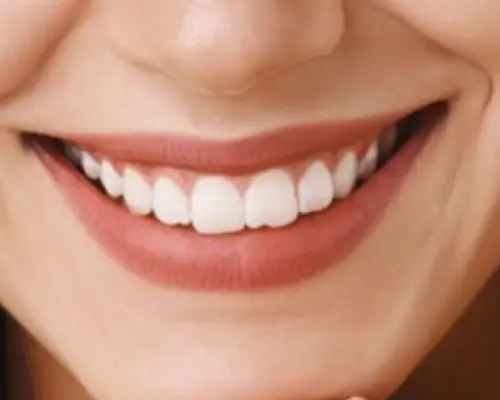The Orthodontist.in
COMMON ORTHODONTIC
PROBLEMS
Phase I
Phase I treatment is often recommended for younger patients to create a strong foundation for dental and facial growth as permanent teeth come in. Early intervention is especially important for issues like narrow upper and lower jaws or crossbites in the back teeth. By making space and aligning the existing teeth correctly, we can help guide permanent teeth into their proper positions. The second phase of treatment begins once all the permanent teeth have erupted. In many cases, completing Phase I can shorten the duration of the second phase.

Class II
Class II problems involve an abnormal bite where the upper jaw and teeth sit ahead of the lower jaw and teeth. Patients with Class II often have a convex facial profile, characterized by a recessed chin. This condition is usually inherited.
A skeletal Class II issue happens when the upper back molars are positioned in front of the lower back molars. This creates the appearance of either a recessed lower jaw, a protruding upper jaw, or both.

Pseudo Class II
Pseudo Class III, especially in younger patients, is often caused by habitual behavior rather than genetics. This misaligned bite makes the lower teeth appear to sit in front of the upper teeth, mimicking a Class III bite.
Early interceptive treatment is crucial to prevent abnormal growth of both the upper and lower jaws.

Spacing
Spaces between teeth are a common reason for seeking orthodontic treatment. Similar to crowding, spacing often results from a mismatch between tooth size and jaw size. Gaps can appear between both the front and back teeth. Additionally, differences in tooth size—such as smaller or unusually shaped teeth—can contribute to abnormal spacing.

Crowding
Crowding of the teeth is likely the most common orthodontic issue. While multiple factors can contribute to crowding, it usually occurs when there isn’t enough space in the jaw to accommodate the size of the teeth.
Crowding often occurs alongside other orthodontic problems. It can cause or be caused by issues such as impacted or retained teeth that don’t fall out naturally. Additionally, crossbites in the front or back teeth can also lead to crowding.

Openbite
An open bite can affect either the front teeth, called an anterior open bite, or the back teeth, known as a posterior open bite. An anterior open bite occurs when the front teeth don’t overlap vertically, often caused by jaw misalignment or habits like thumb sucking or tongue thrusting. A posterior open bite happens when the back teeth don’t come together properly, which can interfere with normal jaw function.

